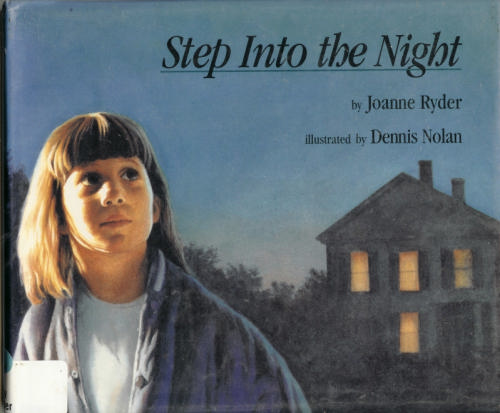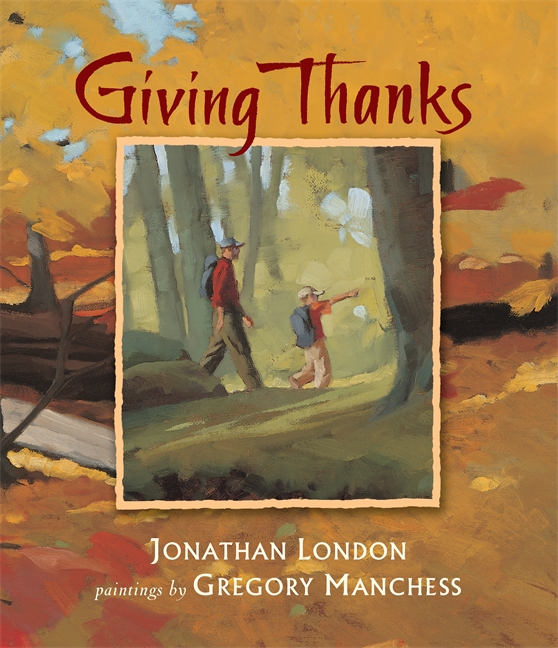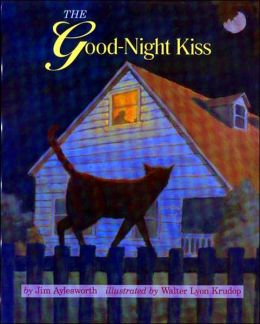
The book’s jacket describes the text as “haunting,” and it captures some real-world wonders. Step Into the Night pulls the reader up close to small animals lurking in a forest, but it’s more intimate than a simple description. The author actually invites the reader to become each animal, using a writing trick that visits their life in the darkness. The book’s manuscript was even reviewed by the American Museum of Natural History!
The sun “hides behind dark rooftops,” and grayness creeps, darkening everything – the fences, the bushes, the trees. But the night is alive, writes author Joanne Ryder, and “All around you, others are hiding.” A little girl stands against a tree, waiting for night and pretending to be part of the tree. But soon the “you” is addressed to the animals she sees.
“Under the vines you creep, your nose twitching, leading you to something wonderful…” A mouse spies berries, described as “soft” and “eat-me red.” And honoring the mouse’s perspective, Ryder writes that “The first berries seem always the sweetest, the best.”
There’s a moon over the forest, but another light flickers in the trees – and now the perspective is that of a firefly.
“Will she see your tiny light? Will she answer?” Soon a pattern develops – before each animal’s page, there’s another page describing hints of its presence in the night. The scent of flowers suggest opening buds, but then another scent suggests a skunk! “Let the striped one have the right of way. Let it walk where it wishes. Let it be alone.” The moon escapes a cloud, revealing a spider’s web. “Spider time is slow waiting for meals to fly to you…”
The little girl and a passing dog both hear a high-pitched sound up high – a bat. (“As you fly, you call and listen to the echoes of your cries…”) Was there something moving in the ground? The narrator knows it’s a mole, “swimming through the soil, diving deeper into the safe earth.” There’s frogs, “a singer floating in the darkness.” But soon there’s one final voice – the little girl’s mother, calling her home.
The book sides with the night creatures, and the return home is a disappointment. The magic of the night must be left behind, and “Now the moon follows you up the path to your door, and you leave the nigh behind…” The little girl blinks at the shock of the house’s bright lights, and she won’t enter without first acknowledging all the other creatures. (“Good night! Good night, everyone!”)
She really has stepped into the night, and though she ultimately returns home – it’s with the memories of every one of the other animals that she’s seen and been.

